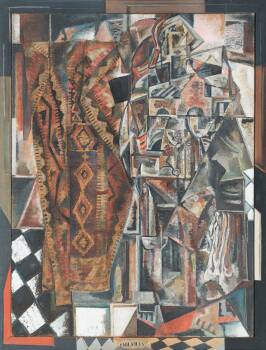Opening date of the permanent exhibition: 17 October 2025
The Collection of Asian Art of the National Gallery Prague presents a selection of 520 artworks from Asia and the Islamic world, spanning 5,000 years, in a new exhibition at the Salm Palace, including works placed in the context of cultural relations with Central Europe.
The Collection of Asian Art of the National Gallery Prague presents a selection of 520 artworks from Asia and the Islamic world, spanning 5,000 years, in a new exhibition at the Salm Palace, including works placed in the context of cultural relations with Central Europe.
Divided into two main parts, the exhibition focuses on
themes related to the cultural history of the Czech lands and highlights the
qualities and significance of works from Asian and Islamic visual cultures in
their original context. It also reveals the collection provenance of the
works, including the manner of their acquisition into the NGP collections.
The introductory section recalls the historical
context of European orientalism and colonial politics that helped spread
knowledge about Asian and Islamic artistic traditions, as well as art collecting
practices in the Czech lands from the 16th to the 20th centuries. In addition
to the historicising presentations of Asian and Middle Eastern countries at
world exhibitions, shop window displays with “goods from the Orient”, or
private interiors with “oriental” decoration, the exhibition showcases significant Czech scholars, collectors, and artists from the turn of the 19th
and 20th centuries who reflected Asian and Islamic art in either scholarly or
creative ways.
The second, larger section of the exhibition presents the Chinese, Japanese, Indian, Tibetan, and Islamic cultural areas from the 3rd millennium BCE to the present, viewed through the lens of contemporary interdisciplinary approaches in art history, Asian and Islamic studies, and museology. In thematic contexts, it explores spiritual traditions, writing and calligraphy, decoration and ornamentation, and the world of nature and people in individual visual cultures. Given the nature of collecting in the Czech lands, the representation of cultural areas and historical periods in the collection is uneven.
The second, larger section of the exhibition presents the Chinese, Japanese, Indian, Tibetan, and Islamic cultural areas from the 3rd millennium BCE to the present, viewed through the lens of contemporary interdisciplinary approaches in art history, Asian and Islamic studies, and museology. In thematic contexts, it explores spiritual traditions, writing and calligraphy, decoration and ornamentation, and the world of nature and people in individual visual cultures. Given the nature of collecting in the Czech lands, the representation of cultural areas and historical periods in the collection is uneven.
The exhibition offers a space for exploring
intercultural connections and critically revisiting historical approaches as
one of the goals of decolonisation in museum practice. It aims to bridge
stereotypical Eurocentric views and consider the perspective of Asian experts
in the interpretation and presentation of artworks, in order to achieve a more
comprehensive understanding. The exhibition includes audiovisual and
interactive elements, spaces for rest and meditation and a teaching studio.
Introductory artwork on the page: Mahakala, Tibet, 18th –
19th cent., NGP
Curatorial team: Markéta Hánová, Lenka Gyaltso, Kristýna Rendlová, Jana Ryndová (NGP) in collaboration with Zdenka Klimtová, Eva Lukášová, and Michaela Pejčochová
1—1 / 10






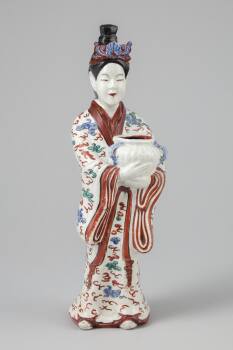
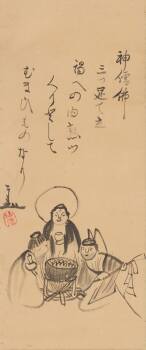
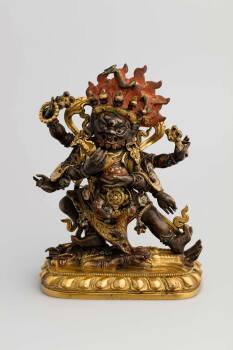
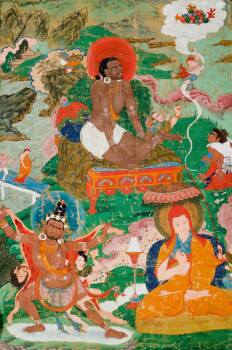

.jpg?h=350&q=71)

